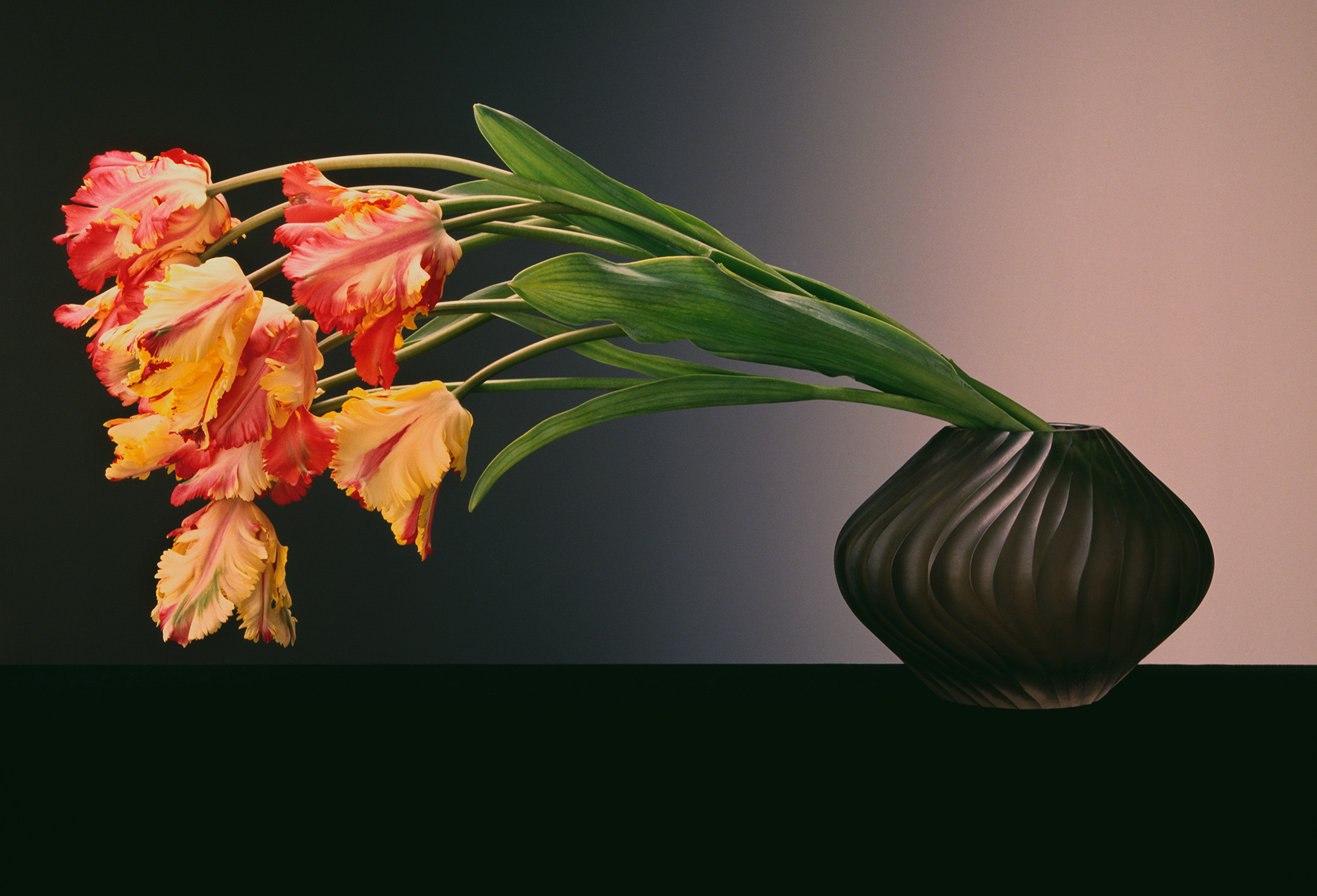Deflowering

Flowers as symbols are loaded with meaning. So, what does a flower mean when seen through the lens of Robert Mapplethorpe, the controversial photographer best known for his depictions of radical sexuality?
Mapplethorpe became famous for his celebrity party pictures in the magazine Interview and his explicit photography of queer subcultures. But leading up to his death from AIDS in 1989, he focused on portraits of flowers. For Derek Conrad Murray, professor of history of art and visual culture, Mapplethorpe’s prolific flower artwork—more than 500 published works—trumpets the same themes as his earlier, more highly regarded work, noted for its coupling of classical beauty and risqué nature.
“The prevailing notion is that these were just a way to create something easily saleable,” said Murray, who documents his study of Mapplethorpe’s flowers in his 2020 book, Mapplethorpe and the Flower: Radical Sexuality and the Limits of Control. “I felt this was a critical blind spot.”

Mapplethorpe is one of few artists who could make flowers look beautiful but also subversive and dangerous, Murray said. “There's something provocative about them. They can make you uncomfortable. When you look at the various meanings associated with flowers, and then at Mapplethorpe’s BDSM images, or images of Black men, some of the deeper meanings are the same.”
*— *
